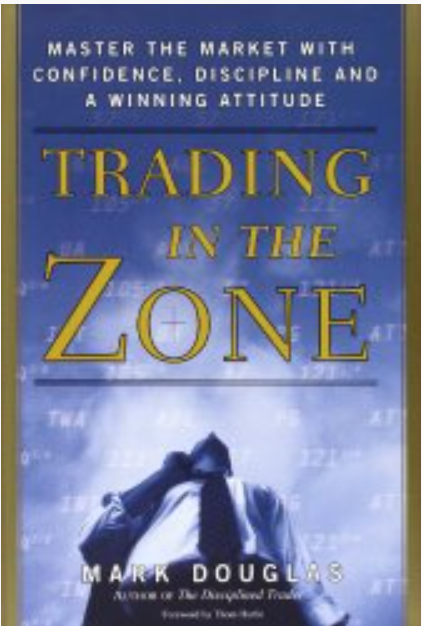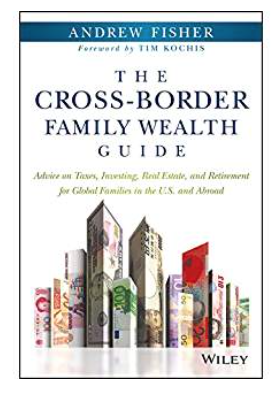The biotechnology industry has some of the most volatile stocks, which may be one reason that stock traders like to trade them.
A trading strategy that has become popular is buying short squeeze stocks, the stocks that are heavily shorted but could move up quickly on any good news due to short sellers scrambling to buy in their positions.
When you short a stock, it means that you expect to make money from a drop in the price of a stock. Technically what happens is that you borrow shares of a stock, sell those shares, then buy back those shares at a hopefully lower price so that those shares can be returned. Of course, this all happens electronically, you don’t actually see all the borrowing and returning of shares; it just shows up on your computer screen as a negative number of shares.
Short sellers can make a lot of money, but sometimes when the stock moves against them, the stock starts to move up, and the short sellers jump in at once to buy shares to cover their position. This is called a short squeeze. When a short squeeze takes place, it can cause the stock to rise fast and hard. Any type of positive news can trigger the short squeeze.
So other traders take advantage of this situation buy looking for stocks to buy that may have a potential short squeeze. Here is what they look for:
- Short Percentage of Float ~ The float is the number of freely tradable shares and the short percentage is the number of shares held short divided by the float. Amounts over 10% to 20% are considered high, and potential short squeeze plays.
- Short Ratio / Days to Cover / Short Interest Ratio -This is probably the most important metric when looking for short squeeze trades, no matter what you call it. This is the number of days it would take the short sellers to cover their position based on the average daily volume of shares traded. This is a significant ratio as it shows how “stuck” the short sellers are when they want to buy in their shares without driving up the price too much. Unfortunately for the shortsellers, the longer the number of days to cover, the bigger and longer the squeeze.
- Short Percentage Increase ~ This is the percentage increase in in the number of short sellers from the previous month.
Here are some stocks that are heavily shorted that may warrant a closer look. Remember that some stocks are heavily shorted for a reason.
Insys Therapeutics (INSY) has 68% of the float shorted, and a short interest ratio, also known as days to cover, of 14.5. This means that based on the current average daily volume, it would take almost 15 days for short sellers to cover their positions.
Egalet Corp (EGLT) has 64% of the float shorted, with a days to cover ratio of 9.5.
Heron Therapeutics (HRTX) has a short interest ratio of 12.8 and 55% of the float shorted.
Lannett Company (LCI) has 45% of the float shorted, with a short interest ratio of 10.1.
TherapeuticsMD (TXMD) has 39% of the float shorted, with a short interest ratio of 31.9.
Eagle Pharmaceuticals (EGRX) has 42.5%of the float shorted, with a short interest ratio of 11.3. This company also has a very low float and very low number of shares outstanding.
With any luck, you may be able to make a short term profit on short squeeze stocks.
Disclosure: Author didn’t own any of the above at the time the article was written.










